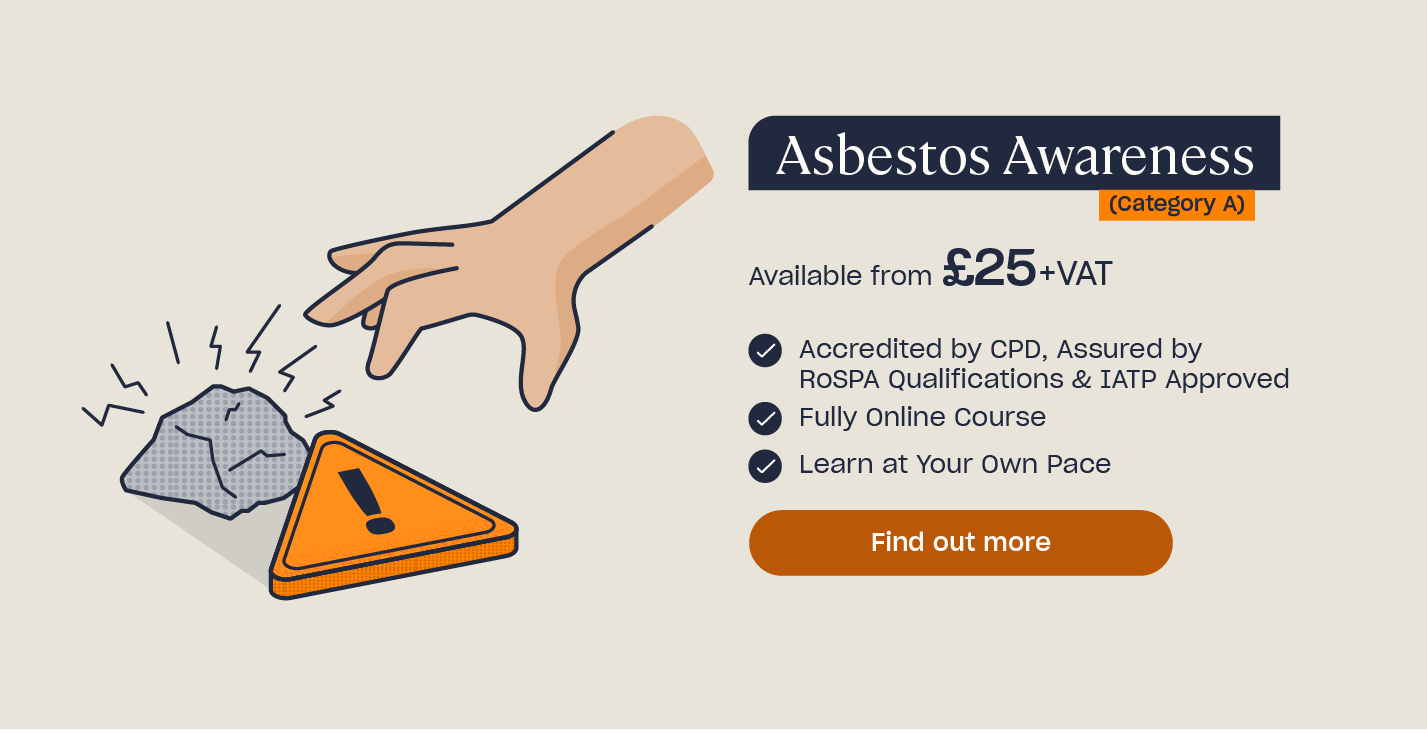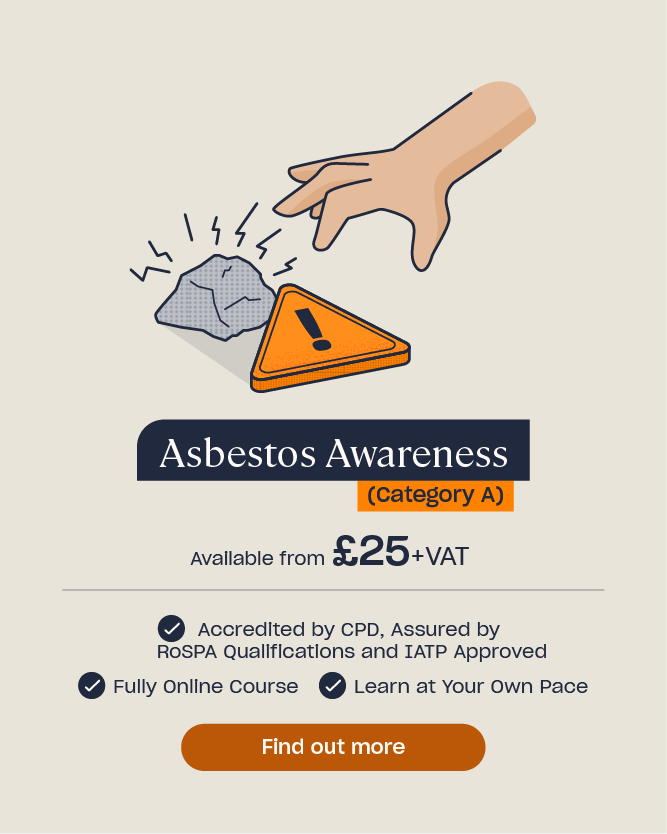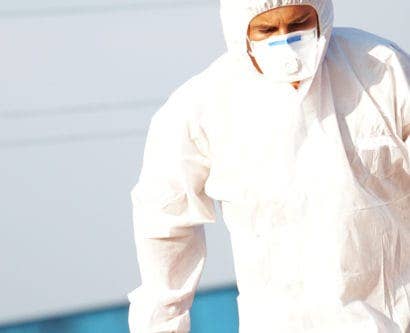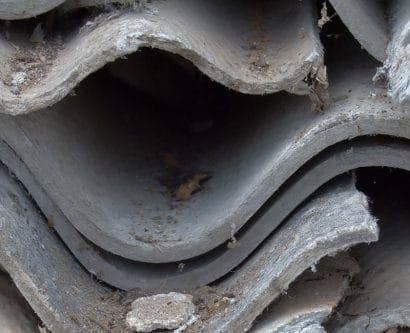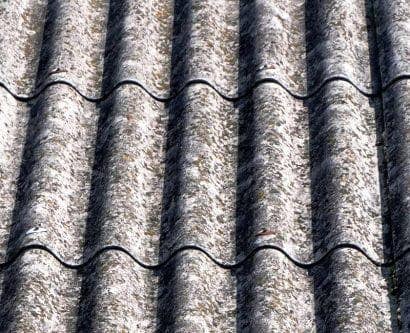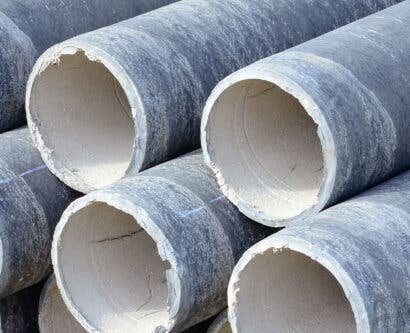Answering Your Asbestos Awareness Questions
At High Speed Training, we’re proud to provide learners with online Asbestos Awareness training. We are often asked a variety of questions on the subject of Asbestos, so we’ve done our best to round up some of the most common FAQs for you here.
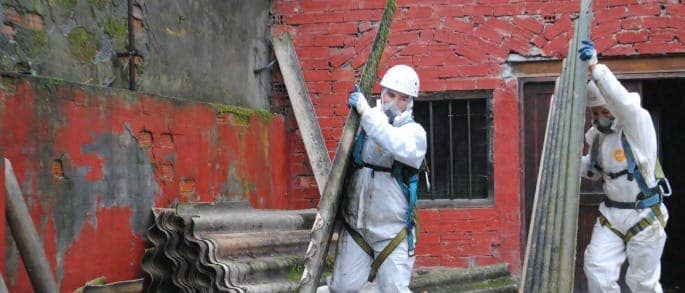
When was asbestos used?
Asbestos was widely used as a building material in the 1960s, 1970s and 1980s. In most countries, including the UK, the USA and Australia, asbestos started being used in manufacturing, businesses and homes from 1940. There is evidence that asbestos has been used by the Ancient Greeks, Romans and Egyptians, but it is believed to start being used more commonly in the Industrial Age spanning the 18th and 19th Centuries.
When did asbestos stop being used?
Asbestos has stopped being used in 55 countries around the world. Asbestos stopped being used in the following years:
- UK: 1999
- Australia: 2003
- Ireland: 2000
- France: 1997
- Norway: 1984
- Italy: 1992
- Chile: 2001
- Germany: 1993
- Denmark: 1986
- Switzerland: 1989
- Saudi Arabia: 1998

Is asbestos still used today?
In the UK, no. Asbestos became illegal and was banned for use in the UK in November 1999. Any material manufactured after this date cannot contain asbestos by law.
However, although asbestos is no longer used in over 60 countries around the world (including Australia, France and Chile), it is still widely used in many other countries, such as the USA, China and Russia.
Why was asbestos used?
Asbestos was commonly used in manufacturing because it has many idyllic properties. Asbestos is:
- Strong
- Incombustible
- Alkali-resistant
- Heat-resistant
- Cheap
- Acid-resistant
- Sound absorbent
- Resistant to electric current
- Able to control condensation
- Versatile
What was asbestos used for?
Because of its idyllic properties, asbestos was frequently used as a building material for a wide range of products. Asbestos is now banned in many countries but still remains common in buildings and products manufactured before the year 2000. Common items that asbestos is used for include:
- Cement and plaster
- Textiles and fabrics
- Car parts
- Roofs
- Electric cable coverings
- Pipes
- Insulation
- Paper, cardboard and packaging
- Spray coatings
- Tiles
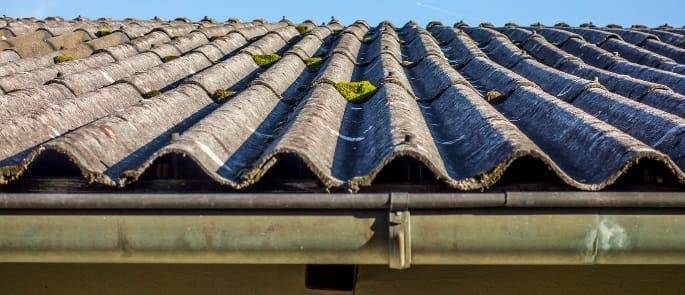
Where can you find asbestos?
In the UK, asbestos can be commonly found in any material that was manufactured before November 1999. This includes all building and construction materials, packaging materials, car parts, fabrics and textiles. These are known as asbestos containing materials (ACMs).
Is asbestos man-made?
No, asbestos is not man-made. It is a naturally-occurring fibrous mineral that is mined in many countries around the world. Most asbestos is mined in Russia, Kazakhstan, Brazil, South Africa and China.
How dangerous is asbestos?
Asbestos is a hazardous substance that causes ill-health to anyone who disturbs or damages it and then inhales the airborne asbestos fibres. Asbestos is only dangerous if it is damaged or disturbed, such as during demolition or maintenance work, or due to deterioration of the material over time. If left alone, asbestos is not dangerous. Exposure to asbestos is only dangerous if the airborne fibres are inhaled regularly or for a prolonged period of time: one, short exposure is unlikely to cause much harm.
Can asbestos cause lung cancer?
Asbestos is a Category 1 carcinogen, meaning that it is known to cause cancer. Inhaling harmful asbestos fibres over a prolonged period of time can lead to mesothelioma, asbestos-related lung cancer, asbestosis and non-malignant pleural disease. The symptoms of asbestos exposure may not become apparent until 30+ years after the initial exposure.

Is asbestos flammable?
No. Asbestos is a non-flammable and non-combustible material, even at very high temperatures, which is why it was widely used as a building material in the 20th century. Because asbestos is not flammable, it cannot be disposed of through burning.
Can asbestos be burnt or buried?
Asbestos containing materials (ACMs) should never be burnt as doing so can release harmful asbestos fibres into the air in the form of smoke. When the smoke is inhaled, these fibres are incredibly harmful to health. Asbestos is not flammable and will not burn easily, but putting it onto a fire will cause it to break down and release harmful fibres.
Asbestos is classified as hazardous waste and so must not be buried. It must be disposed of safely and by an authorised business.
Are asbestos fibres visible?
No, asbestos fibres are not visible to the naked eye. They can only be seen under a microscope. Asbestos fibres are around 3–20 µm wide: 10 times smaller than the width of a human hair. Asbestos fibres are only released when the material is disturbed or damaged; if left alone they will not be released and will do no harm.
Do asbestos fibres settle?
Because asbestos fibres are so small (they are invisible to the naked eye), they often remain airborne for a long period of time before they settle. Larger asbestos fibres will settle the quickest, but most are suspended in the air or in water until they eventually settle.
Do asbestos fibres wash out of clothes?
If your clothes are contaminated with asbestos fibres because you have been working with asbestos containing materials (ACMs) then they must be cleaned very carefully and preferably in a specialist laundry facility. Ideally the clothes should be disposed of. Clothes that are contaminated with asbestos fibres should not be put in a conventional washing machine as they may contaminate other clothing or the fibres may become airborne.

Does asbestos have a smell?
No, asbestos does not have a smell, and the fibres it releases cannot be seen by the naked eye. Asbestos containing materials (ACMs) look and smell the same as non-asbestos containing materials.
Does asbestos make you itch?
No, if you come into direct contact with asbestos fibres by inhaling them when they are airborne, they will not make you cough, sneeze or itch. Immediate symptoms of asbestos exposure are very rare. The symptoms of asbestos exposure often don’t become apparent until many years after the initial exposure.
Does asbestos come under COSHH?
Whilst asbestos is a hazardous substance, it is not covered by the Control of Substances Hazardous to Health (COSHH) Regulations 2002. This is because asbestos has its own regulations: the Control of Asbestos Regulations 2012.
How do you test for asbestos?
Only HSE-licensed contractors can take samples and test for asbestos. If you have any materials that you suspect contain asbestos (ACMs), then you must stop work immediately and contact a licensed contractor before beginning any demolition or maintenance work.
I have asbestos in my house, what do I do?
If the asbestos in your house is in good condition (i.e. not damaged, disturbed or deteriorated) then it doesn’t pose a risk to health and it is safe to leave it alone. Never try to remove asbestos yourself. Asbestos only becomes harmful to health when it is damaged or disturbed and the fibres become airborne. If you suspect that your house contains asbestos, or know that asbestos is present and in poor condition, you should inform your local authority and arrange for the material to be tested and/or removed by a licensed contractor.
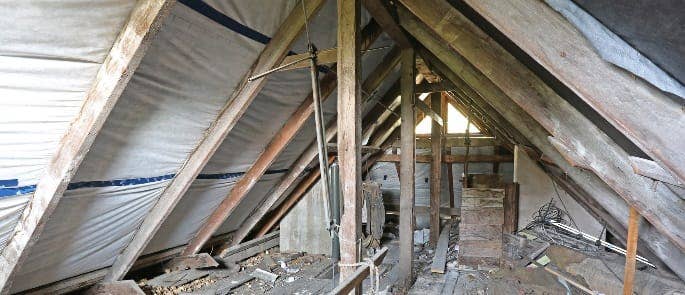
How is asbestos removed?
Asbestos should only be removed by a licensed asbestos removal company. Never attempt to remove the asbestos yourself as this is a highly hazardous job.
Is asbestos in Artex?
Asbestos was used in textured surface coatings, such as Artex, predominantly in the 1970s and 1980s. Any Artex that was installed before the year 2000 (when asbestos was banned for use in the UK) may contain asbestos and must be handled with care. Artex no longer contains asbestos.
Was asbestos used in plasterboard?
Asbestos was commonly used as a building material throughout the 20th century. One of its many uses was in plasterboard because of its versatile properties: asbestos was cheap, strong, fireproof and able to control condensation. In the UK, asbestos has not been used since 1999, and so only plasterboard manufactured before this date will contain asbestos.
Are asbestos drain pipes dangerous?
Asbestos drain pipes are only dangerous to health if they are damaged or disturbed, as this allows the harmful asbestos fibres to become airborne. If the drain pipes are in good condition and left undisturbed, they are not dangerous to health.
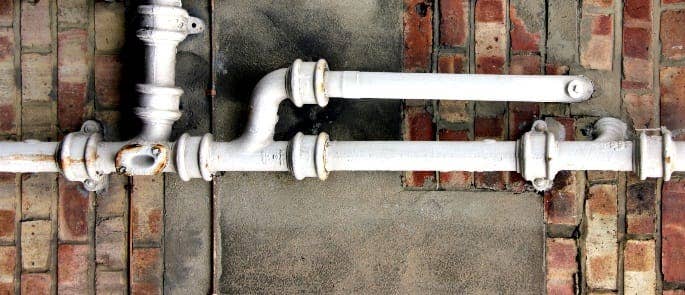
Are asbestos water tanks safe?
Asbestos water tanks are usually made from asbestos cement, which is unlikely to be harmful to health if it is in good condition. Asbestos water tanks only become unsafe if the cement is damaged and the asbestos fibres become airborne. If you are unsure whether your asbestos water tank is safe, it is advised that you contact a licensed asbestos removal company.
Further Resources:
- What to do after Recent Exposure to Asbestos
- How to Conduct an Asbestos Risk Assessment
- What are the Symptoms of Asbestos Exposure?
- Asbestos Colours: What is the Most Dangerous Asbestos Colour?
- Asbestos Quiz
- What is Asbestos Awareness Training & Who Needs it?
- Can You Remove Asbestos Yourself?
- What are the Differences between Friable and Non-Friable Asbestos?


